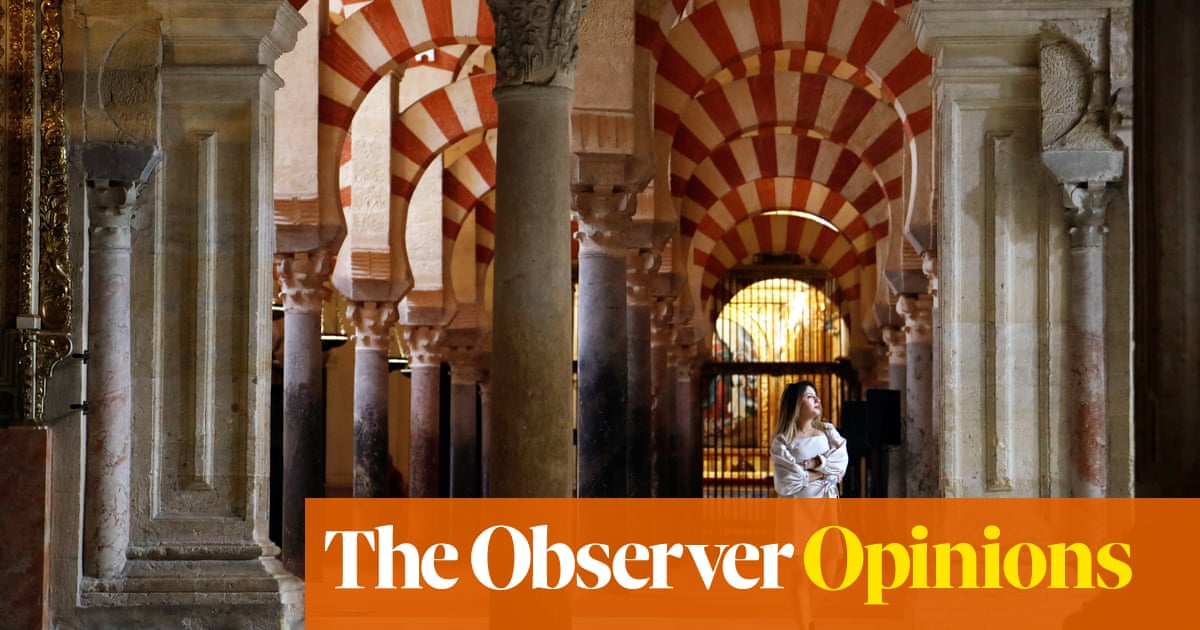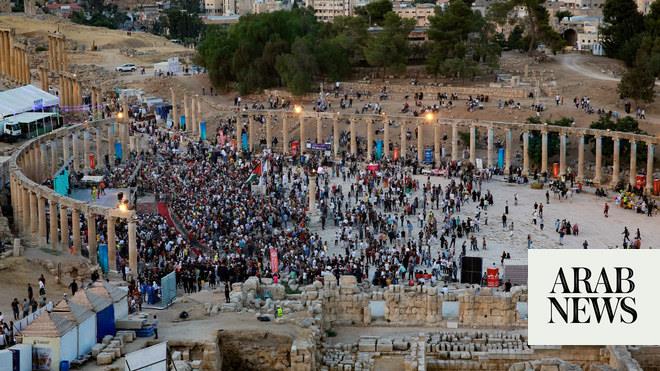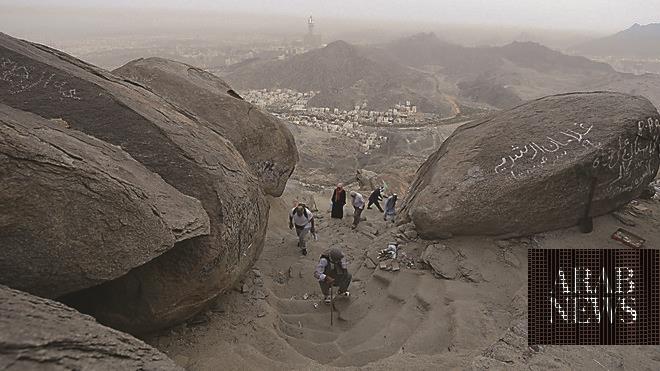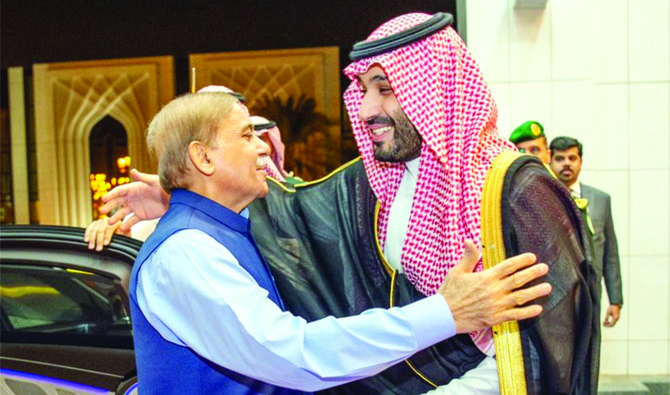
Córdoba’s mosque-cathedral is one of the most glorious buildings in Europe. I was last there 30 years ago, but the memory is still vividly etched in my mind. I remember walking through the Courtyard of the Orange Trees. Then, almost if they had magically changed form, the rows of orange trees give way to a forest of columns of red-and-white arches that mark the mosque.
The transition is stunning, as is the mosque, the beauty of which, spacious and peaceful, is almost impossible to convey in words rather than in the experience. And then, as you walk through, there comes another transition – to a Renaissance cathedral that squats like a familiar stranger within. It would be difficult to call the cathedral beautiful, but there is something quite remarkable about it.
Córdoba’s mosque-cathedral is an architectural expression of the complex, intricate history of Europe. And that, for some, is the problem. There has been a long campaign by the Catholic church to diminish the Islamic heritage of the building and to view it primarily as a Christian monument.
Last week came the latest move in this campaign as a new report by the bishop of Córdoba, Demetrio Fernández González, was leaked to the newspaper El País. The report calls for the “redesign of the entire space” of the mosque area to ensure that Córdoba is not seen “as a Muslim city”. It denounces the “cultural reductionism” that, in the bishop’s view, has helped “eclipse the brilliant Visigothic, Roman and Christian past”. The report, in El País’s words, maintains “the offensive against the indisputable and evident Islamic influence of the entire monumental complex”.
The first Muslim armies came to Iberia in the first decade of the seventh century. Córdoba, the capital of al-Andalus, or Muslim Spain, had become, by the 10th century, perhaps the most important city in Europe. The heart of the city was the mosque, or Mezquita.
It was a remarkable architectural hybrid, fusing the artistic values of east and west, adopting Roman and Visigoth techniques, and including elements previously unknown in Islamic religious architecture such as the use of double arches to support the roof and the blending of stone with brick. It was not just a religious house, it was also Córdoba’s university – one of the world’s great centres of learning.
The Mezquita was held in such esteem even by Christians that when Ferdinand III reconquered Córdoba in 1236 his army did not, as it normally would have done, destroy it. Four centuries later, Carlos V, Holy Roman Emperor and king of Castille and Aragon, gave permission to the church authorities to construct a cathedral within the Mezquita. But when he visited the cathedral in 1526, he was said to have been shocked by the damage wreaked on the mosque, exclaiming: “You have built here what you or anyone might have built anywhere else, but you have destroyed what was unique in the world.”
Fifteen hundred miles away at the other edge of Europe stands another of Europe’s great buildings, Hagia Sophia in Istanbul, a city that once occupied a similar role in eastern Christendom to Córdoba in the western Islamic empire. Hagia Sophia was to Istanbul as the Mezquita was to Córdoba. And in Istanbul, a similar debate has taken place over its fate, a debate that is the mirror image of that in Córdoba.
Hagia Sophia was commissioned by the Emperor Justinian, the last Latin-speaking ruler of what was then the eastern Roman empire, and completed in 537. With its stupendous central dome that appears, in the words of contemporary historian Procopius, “not to be founded on solid masonry, but to be suspended from heaven”, the first masterpiece of Byzantine architecture has cast an enduring shadow upon the eastern Orthodox, Catholic and Muslim worlds, influencing the development both of architecture and forms of worship.
Hagia Sophia became the seat of the Orthodox patriarch of Constantinople and the spiritual heart of the Byzantine empire. In 1453, the city was captured by the Ottomans under Mehmed II. Constantinople was renamed Istanbul, Hagia Sophia Islamicised to Ayasofya and the cathedral turned into the city’s first imperial mosque, coming eventually to boast four minarets.
After the fall of the Ottoman empire in the aftermath of the First World War, Mustafa Kemal Atatürk established Turkey as a secular republic. The cathedral mosque became a museum, in which worship was forbidden, a symbol of Atatürk’s new secular state.
Almost a century later, in 2020, Hagia Sophia was turned back into a mosque, the culmination of a long campaign driven by conservative Muslims and backed by Turkey’s president, Recep Tayyip Erdoğan. Restoring its status as a mosque helps reinforce for the ruling Islamist AK party a sense of modern Turkey’s Muslim foundations.
Since the conversion, the Christian mosaics of Jesus, Mary, the apostles and of Byzantine rulers have been covered by curtains during Muslim prayer. Ironically, when Mehmed II took Constantinople, not only did he not cover the mosaics but stood in awe of their glory, as Carlos V had of the beauty of Córdoba’s mosque. Today’s culture warriors, it would appear, often have minds more closed than yesterday’s real warriors.
In these two remarkable buildings at opposite ends of Europe, in their stones and slates and marble and gold, in their pillars and arches and windows and mosaics, can be glimpsed the complexities of European history, of the Christian tradition and of the story of Islam. In many of the debates that surround these buildings can be heard the attempts to rewrite that history, to cleanse stories of their intricacies, to construct myths to impose upon our lives.
There is, of course, nothing new in this. The histories of Córdoba’s mosque-cathedral and of Hagia Sophia themselves show how the buildings have long played symbolic roles in recasting both the present and the past. And today, from controversies over statues to sectarian struggles to own religious sites, buildings and monuments have become the focus of battles over historical memory. Whether we choose to listen to the stories embodied in the buildings themselves or to the myths imposed upon them will not just colour the past, but may well shape our futures, too.
Kenan Malik is an Observer columnist












